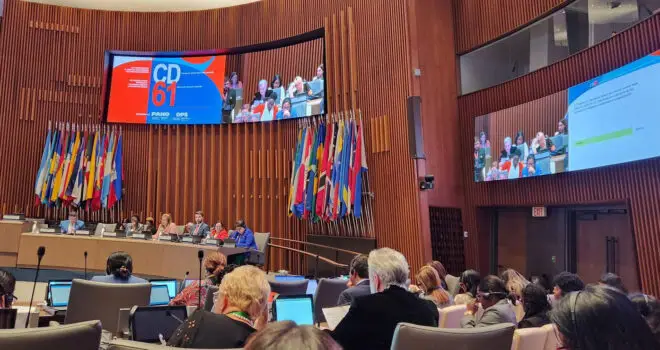World Heart Federation member the British Heart Foundation started the No Smoking Day campaign in 1983. This year the event took place, yesterday, on 9 March and raised a number of questions regarding e-cigarettes.
Tobacco use, which is completely avoidable, and exposure to secondhand smoke kills 6 million people a year. As one of the leading risk factors for cardiovascular disease (CVD), it accounts for almost 10% of cardiovascular mortality and is the second leading cause of CVD, after high blood pressure.
Each year, exposure to secondhand smoke kills 600,000 people: 28 per cent of them are children. Of all adult deaths caused by secondhand smoke, more than 80 per cent are from CVD. Yet in China and Bangladesh, more than half of all adults working indoors are exposed to secondhand smoke and in Russia, India and Ukraine it is more than one quarter.
World Heart Federation’s position on e-cigarettes
On National Smoking Day in the UK yesterday, questions were once again raised about the risks of e-cigarettes, such as in this article in The Hippocratic Post.
The full effects of the long-term use of e-cigarettes (ENDS – Electronic Nicotine Delivery Systems) on cardiovascular health will not be known for decades. When they are, those addicted to nicotine will have difficulty quitting. To determine the health impact of ENDS we must balance potential benefits of harm reduction for current smokers with the potential risks of overturning decades of successful efforts to denormalise smoking behaviour, particularly for young people.
The World Heart Federation is therefore calling for immediate and concerted action to prevent ENDS use by those who do not use tobacco, and to protect advances in tobacco control, and the norm changes that underpin it, from challenge by ENDS use. We encourage parties to monitor use of ENDS and the effects of their regulation closely, and support the request that WHO update its expert report on ENDS.
World Heart Federation CVD Roadmap on Tobacco
In 2015, the World Heart Federation launched the CVD roadmap on tobacco, designed to mobilize all those who have a stake in improving heart health or reducing the economic losses caused by CVD: governments, businesses, health workers and advocates and all those affected by heart disease. It indicates clear routes of action for reducing death and disability from heart disease caused by tobacco, and calls upon different groups to coordinate action to accelerate implementation of tobacco control policy.


